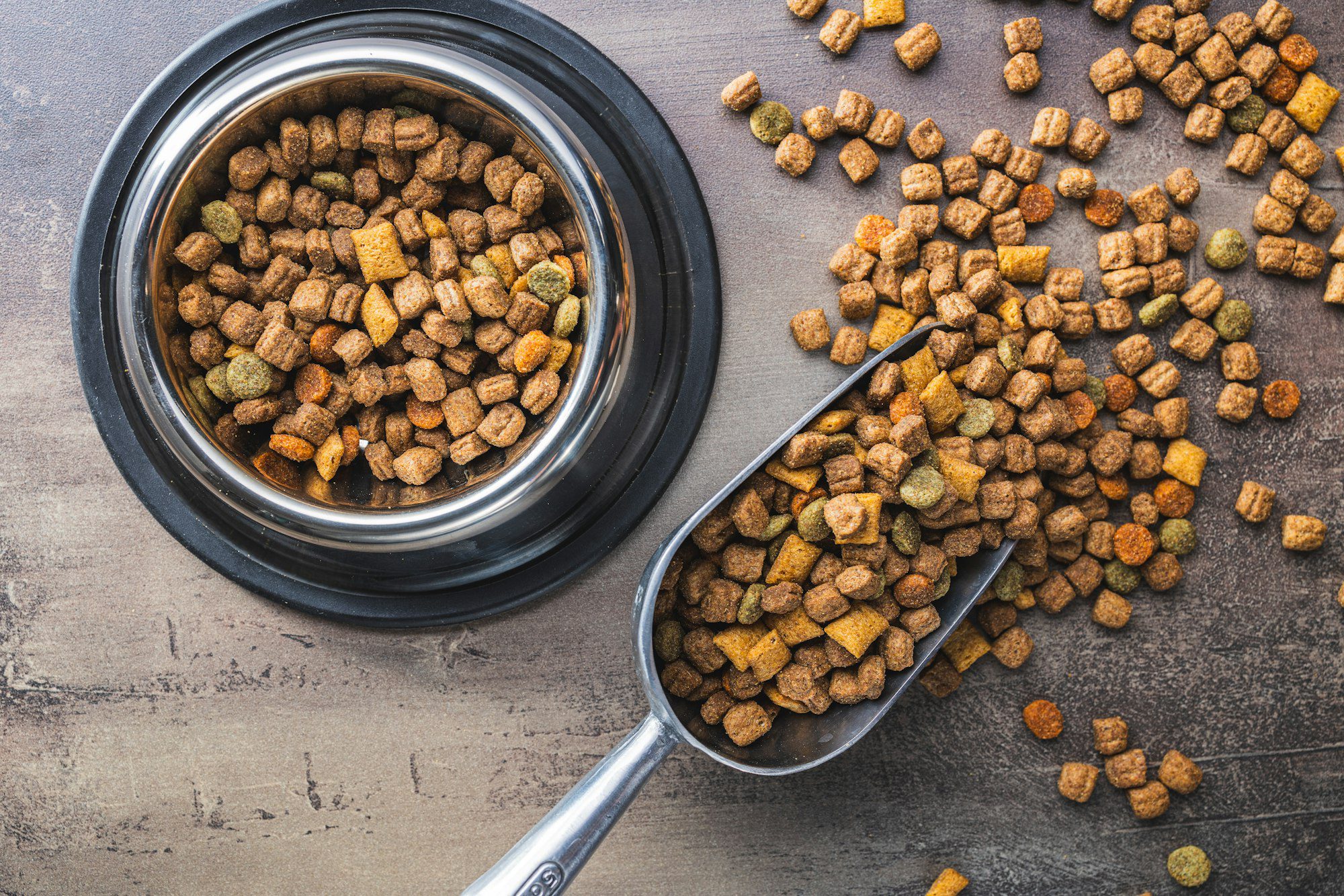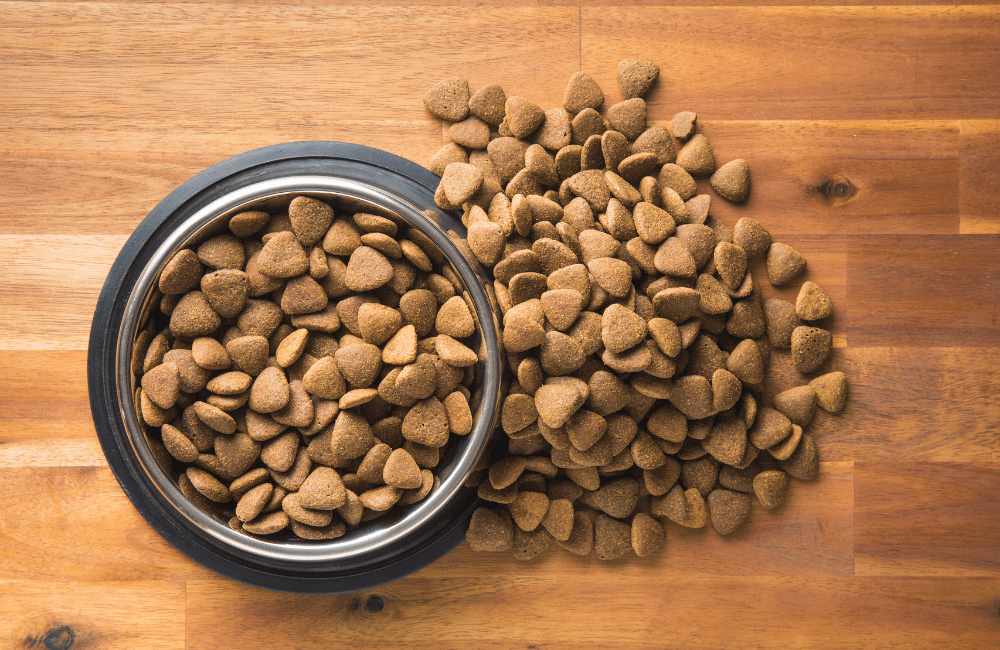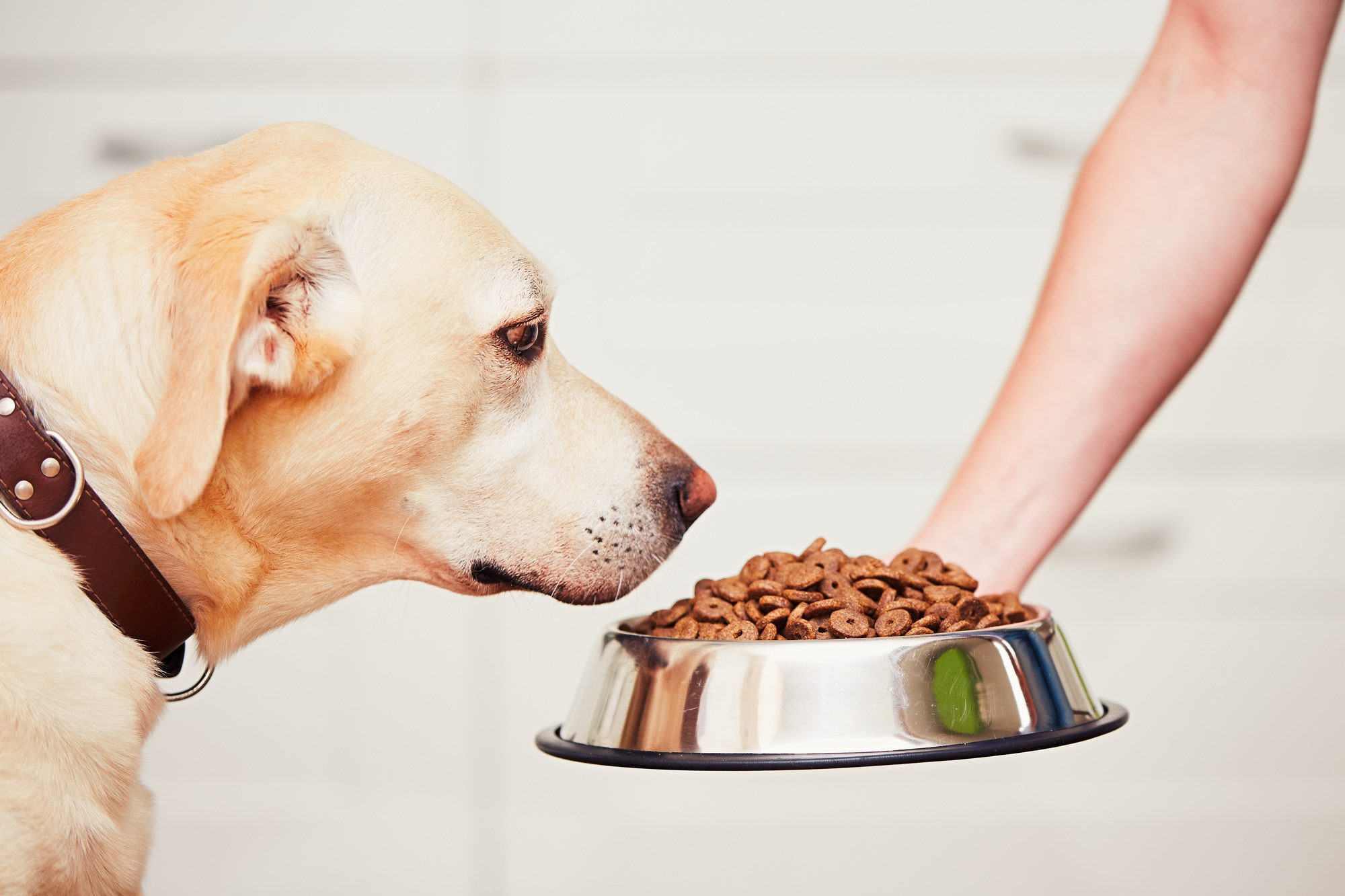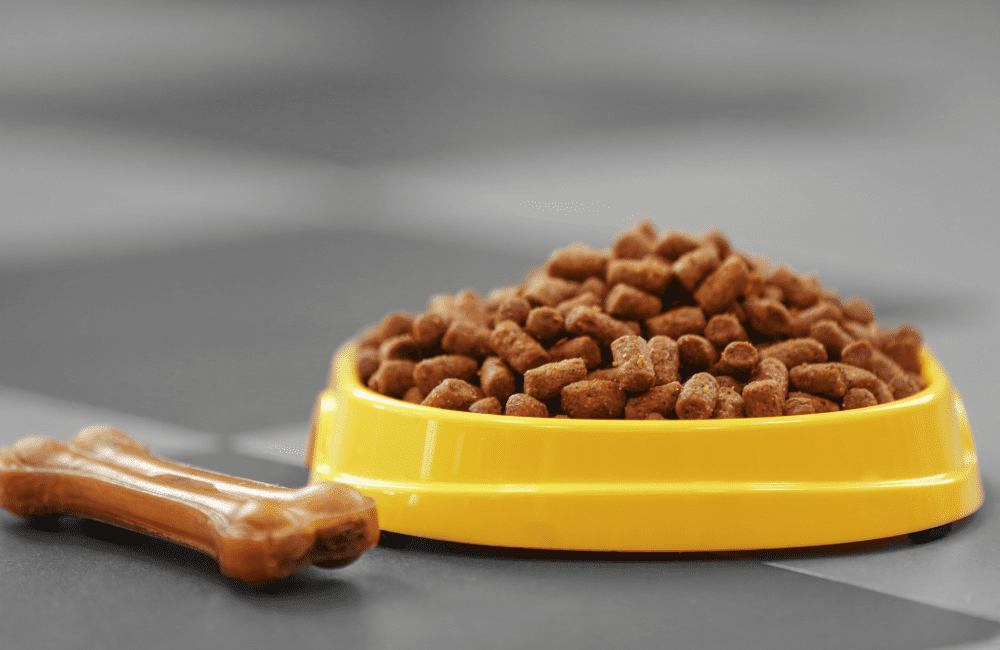Introduction:
In the realm of pet care, providing nutritious and delicious food for our furry companions is paramount. Just as humans enjoy a variety of flavors and textures in their meals, pets too appreciate a well-balanced diet that tantalizes their taste buds.
However, ensuring that pets eagerly devour their meals can sometimes pose a challenge for pet owners and pet food manufacturers alike. This is where the art and science of enhancing the palatability of pet food come into play. In this comprehensive guide, we’ll delve into the strategies and techniques employed to make pet food more palatable, ensuring that our beloved pets not only receive the nutrition they need but also savor every bite.

Understanding Palatability:
Palatability refers to the sensory appeal of food that influences an animal’s willingness to consume it. In the context of pet food, palatability encompasses various factors such as flavor, aroma, texture, and appearance. Just like humans, pets have individual preferences when it comes to food, and factors like age, breed, and health status can also influence their taste preferences. Therefore, creating pet food that is both nutritious and palatable requires a nuanced understanding of animal behavior, nutritional requirements, and food science principles.

Key Factors in Enhancing Palatability:
- Flavor: Flavor is arguably the most critical aspect of palatability. While humans primarily rely on taste buds to perceive flavors, pets heavily rely on their keen sense of smell. Therefore, incorporating high-quality ingredients with natural flavors into pet food is essential. Meat, poultry, fish, and other protein sources serve as primary flavor enhancers for pets. Additionally, ingredients like broth, liver, and certain herbs can elevate the overall flavor profile of pet food.
- Aroma: Aromatic compounds play a crucial role in enticing pets to eat. The smell of food triggers a Pavlovian response in pets, stimulating their appetite and anticipation of a satisfying meal. Pet food manufacturers utilize various techniques to preserve and enhance the aroma of their products, including the use of natural flavor enhancers, such as yeast extracts and hydrolyzed proteins. Additionally, the cooking process can significantly impact the aroma of pet food, with slow-cooking methods often yielding richer and more enticing scents.

- Texture: Texture contributes to the overall sensory experience of pet food and can greatly influence a pet’s enjoyment of their meal. Some pets prefer crunchy kibble, while others may prefer moist and tender textures. Pet food formulations often incorporate a combination of textures to cater to different preferences. For example, a dry kibble may be coated with a savory gravy or infused with soft, chewy pieces to enhance palatability.
- Appearance: While pets may not be as visually discerning as humans, the appearance of food still plays a role in their willingness to eat. Bright colors and visually appealing shapes can attract pets and make mealtime more enticing. Moreover, the presentation of food can signal freshness and quality, further enhancing its palatability. Pet food manufacturers invest in product design and packaging to ensure that their offerings appeal to both pet owners and their furry companions.

Innovative Techniques for Palatability Enhancement:
- Nutrient Blending: Formulating pet food with a balance of macronutrients (protein, fat, and carbohydrates) and micronutrients (vitamins and minerals) is essential for meeting pets’ nutritional needs. However, nutrient blending goes beyond mere nutritional requirements—it also involves optimizing the sensory properties of the food. By strategically combining ingredients with different flavors and textures, pet food manufacturers can create recipes that are not only nutritious but also highly palatable.
- Flavor Enhancers: Natural flavor enhancers, such as meat extracts, yeast extracts, and hydrolyzed proteins, can intensify the taste and aroma of pet food without relying on artificial additives. These ingredients work synergistically to enhance the overall palatability of the food, making it more appealing to pets. Moreover, flavor enhancers can help mask undesirable tastes or odors associated with certain ingredients, ensuring a consistently enjoyable eating experience for pets.
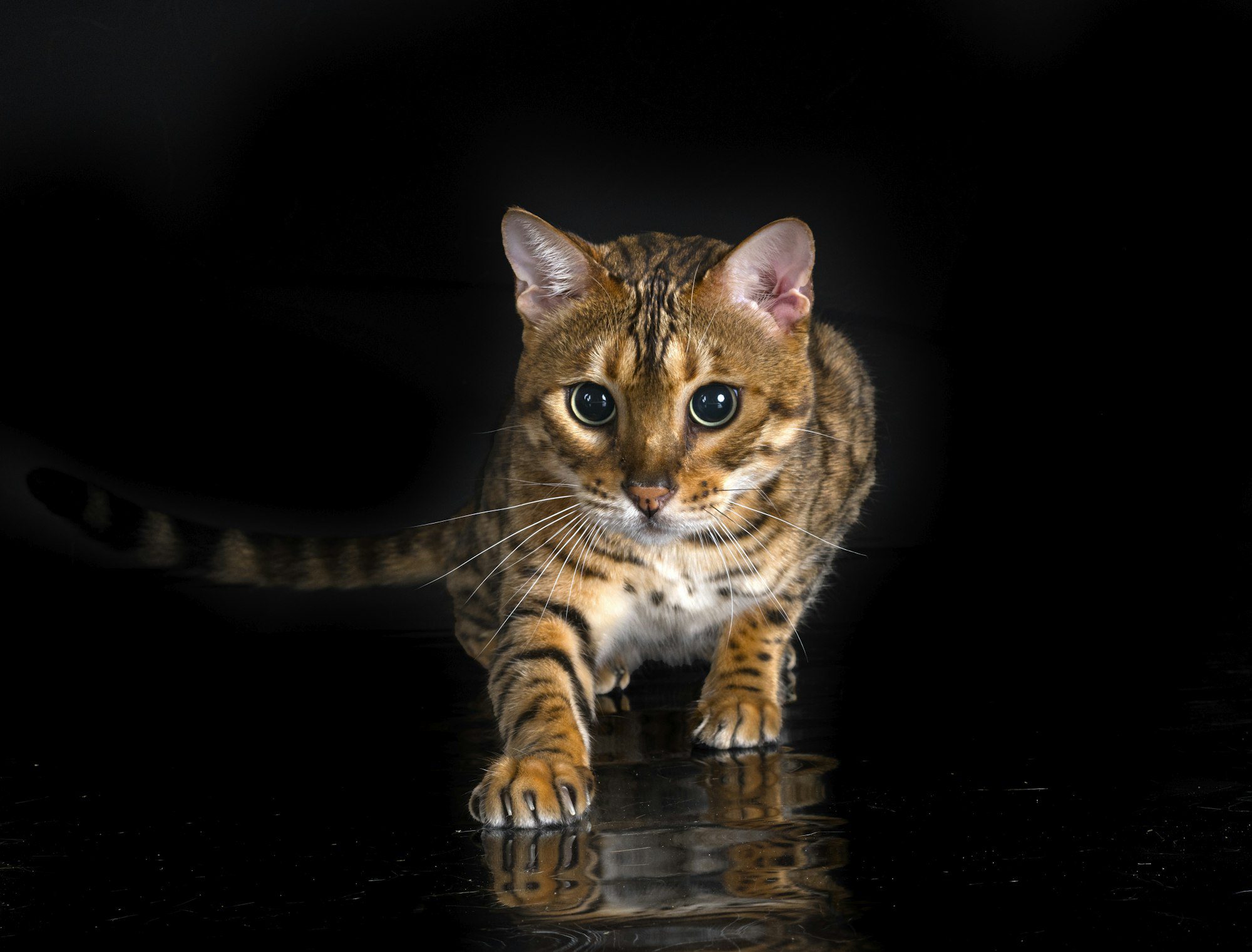
- Novel Ingredients: The pet food industry is constantly evolving, with manufacturers exploring novel ingredients and formulations to meet the changing demands of pet owners and pets alike. Ingredients like exotic meats (e.g., venison, bison) and ancient grains (e.g., quinoa, millet) not only add variety to pet food recipes but also offer unique flavors and nutritional benefits. Additionally, incorporating functional ingredients such as probiotics, prebiotics, and antioxidants can further enhance the health-promoting properties of pet food while contributing to its palatability.
- Customization: Recognizing that every pet is unique, some pet food manufacturers offer customized feeding solutions tailored to individual pets’ preferences and nutritional needs. Through online platforms and mobile apps, pet owners can create personalized profiles for their pets, specifying factors such as breed, age, activity level, and dietary preferences. Based on this information, algorithms generate customized meal plans and recommend products that align with each pet’s unique requirements, ensuring optimal palatability and nutritional adequacy.
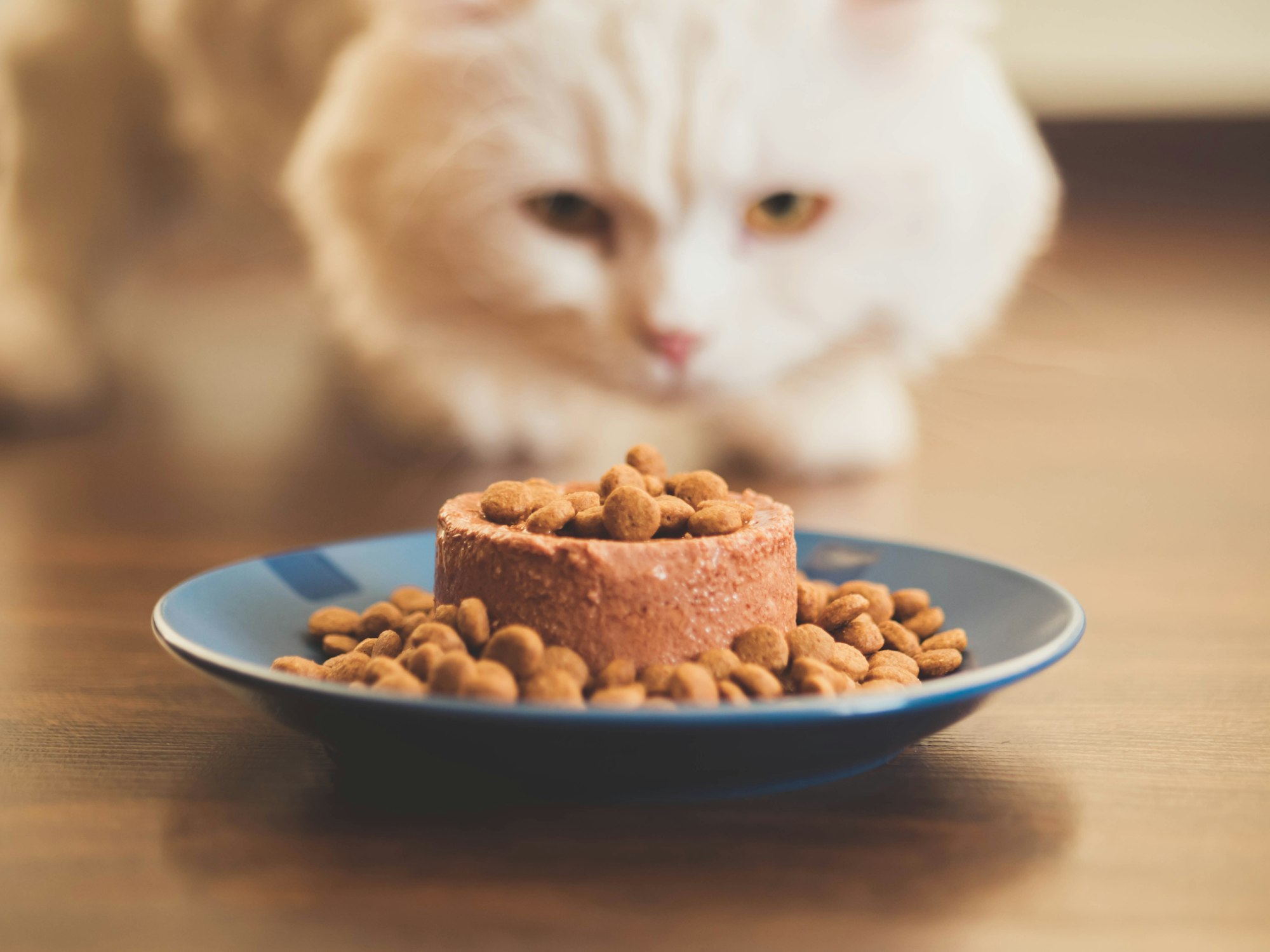
The Future of Palatable Pet Food:
As pet owners become increasingly discerning about the quality and nutritional value of the food they feed their pets, the demand for palatable and wholesome pet food continues to grow. In response, pet food manufacturers are investing in research and innovation to develop cutting-edge formulations that prioritize both nutrition and palatability. From sustainable sourcing practices to advanced food processing technologies, the future of pet food holds promise for delivering unparalleled taste and nutrition to our beloved companions.

Conclusion:
In the quest to provide our pets with the best possible nutrition, enhancing the palatability of pet food plays a crucial role. By understanding the factors that influence palatability and leveraging innovative techniques and ingredients, pet food manufacturers can create products that pets eagerly anticipate and enjoy.
From savory flavors to tantalizing aromas and appealing textures, every aspect of pet food is meticulously crafted to delight the senses and nourish the body. As pet owners, it’s our responsibility to choose pet food that not only meets our pets’ nutritional needs but also makes mealtime a joyous and fulfilling experience for them. After all, a happy pet is a healthy pet, and palatable food is the key to their happiness.

